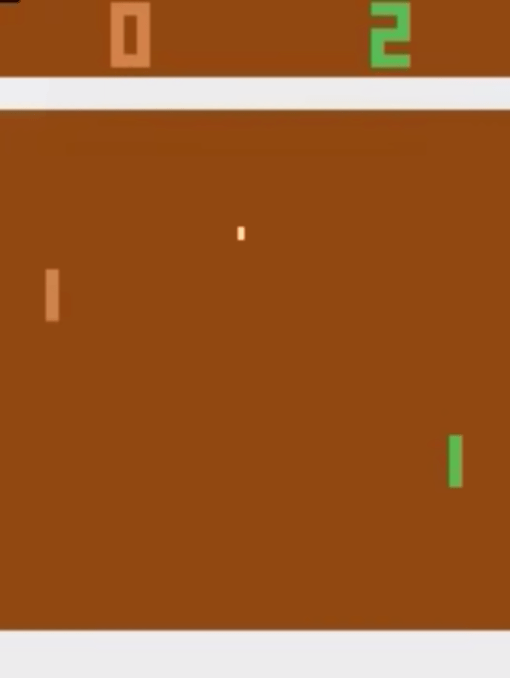PPO in one python file. It is the simplest implementation of PPO, which is easy to understand and modify. The code is based on Spinning Up in Deep RL, but remove complex dependencies and make it more concise. I also add Pong example which learns from pixels.
The only dependency is PyTorch and gymnasium(gym):
pip install "gymnasium[atari, accept-rom-license, classic-control]"python ppo.py --env CartPole-v1 --steps 500 --kl 0.01 --device cpu
Initial statistics:
Number of parameters: pi: 1794, v: 1537
Epoch: 0
{'EpRet': 36.0, 'EpLen': 36}
{'EpRet': 29.0, 'EpLen': 29}
{'EpRet': 27.0, 'EpLen': 27}
{'EpRet': 31.0, 'EpLen': 31}
{'EpRet': 21.0, 'EpLen': 21}
{'EpRet': 15.0, 'EpLen': 15}
{'EpRet': 76.0, 'EpLen': 76}
{'EpRet': 85.0, 'EpLen': 85}
{'EpRet': 40.0, 'EpLen': 40}
{'EpRet': 18.0, 'EpLen': 18}
{'EpRet': 33.0, 'EpLen': 33}
{'EpRet': 28.0, 'EpLen': 28}
{'EpRet': 31.0, 'EpLen': 31}
{'EpRet': 26.0, 'EpLen': 26}
{'EpRet': 4.0, 'EpLen': 4}
{'LossPi': -0.009821644984185696, 'LossV': 579.6947631835938, 'KL': 0.0012354411883279681, 'Entropy': 0.6754535436630249, 'ClipFrac': 0.00800000037997961}
After several epochs, it can totally master this game (just minutes on CPU, you can run more time to make the entropy lower):
Epoch: 1240
{'EpRet': 500.0, 'EpLen': 500}
{'LossPi': -0.0007033138535916805, 'LossV': 0.024762842804193497, 'KL': 0.003935517277568579, 'Entropy': 0.2533852458000183, 'ClipFrac': 0.004000000189989805}
To see the real-time graphics, you can run:
python ppo.py --env CartPole-v1 --steps 5000 --kl 0.01 --device cpu --render --load_from
A more interesting example is Pong, which learns from pixels. You'd better run it on GPU to speed up the training.
python ppo.py --from_pixel
After several hours, you can see that EpRet becomes positive, which means it can beat the built-in AI. If you want a more powerful model, you can make the CNN bigger and tune the hyper-parameters.

